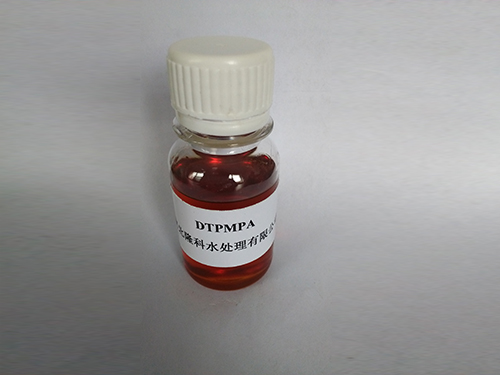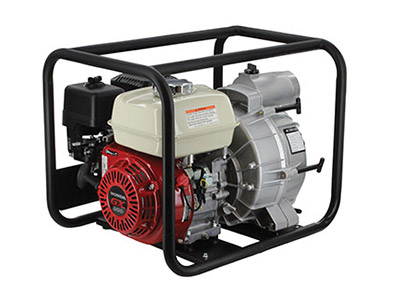जन . 31, 2025 05:58
Back to list
LK-319 Scale and Corrosion Inhibitor for Iron & Steel Plant
Flocculants have been indispensable in various industrial processes, particularly in water treatment, paper production, and the mining sector. Their primary role is to facilitate the agglomeration of particles or colloidal substances, thereby enhancing sedimentation or filtration processes. For businesses and industries relying heavily on these applications, understanding the various types of flocculants is crucial for optimizing performance, enhancing efficiency, and ensuring environmental compliance.
2. Anionic Flocculants With a negative charge, these flocculants are suitable for processes involving positive particle suspensions. Mining operations, particularly in the treatment of minerals and ores, benefit greatly from anionic flocculants due to their ability to handle high-solid-load suspensions. Industry practitioners recommend their use for improving output quality and ensuring regulatory compliance regarding discharge standards. 3. Non-ionic Flocculants These are uncharged polymers like polyacrylamide. Their neutrality makes them suitable for treating a broad spectrum of effluents, particularly when the ionic nature of contaminants is unknown or variable. They provide flexibility and are often used in conjunction with other flocculants to tailor process-specific solutions. Choosing the Right Flocculant The selection of a suitable flocculant demands a comprehensive understanding of the specific requirements of the application. Several factors are critical in this decision-making process, including the nature and charge of the suspended particles, pH levels, temperature, and the presence of other chemicals in the solution. Field experts often recommend pilot testing or jar tests to evaluate the efficacy of different flocculants, ensuring compatibility and optimizing dosage to achieve desired results without excess chemical use. Impact on Industry and Environment The role of flocculants extends beyond immediate process improvements. Effective flocculation can lead to substantial cost savings, reduced waste generation, and compliance with stricter environmental regulations. Innovators in the field are also exploring hybrid solutions that combine the strengths of both inorganic and organic flocculants, aiming to achieve higher efficiency with a lesser environmental footprint. Ultimately, companies seeking to refine their processes must stay informed about advancements in flocculant technology and maintain an adaptive approach to their application. Engaging with industry experts, attending relevant workshops, and participating in industry forums can deepen understanding and foster innovation. With the right expertise, the implementation of the appropriate flocculant can significantly enhance operational productivity and sustainability.


2. Anionic Flocculants With a negative charge, these flocculants are suitable for processes involving positive particle suspensions. Mining operations, particularly in the treatment of minerals and ores, benefit greatly from anionic flocculants due to their ability to handle high-solid-load suspensions. Industry practitioners recommend their use for improving output quality and ensuring regulatory compliance regarding discharge standards. 3. Non-ionic Flocculants These are uncharged polymers like polyacrylamide. Their neutrality makes them suitable for treating a broad spectrum of effluents, particularly when the ionic nature of contaminants is unknown or variable. They provide flexibility and are often used in conjunction with other flocculants to tailor process-specific solutions. Choosing the Right Flocculant The selection of a suitable flocculant demands a comprehensive understanding of the specific requirements of the application. Several factors are critical in this decision-making process, including the nature and charge of the suspended particles, pH levels, temperature, and the presence of other chemicals in the solution. Field experts often recommend pilot testing or jar tests to evaluate the efficacy of different flocculants, ensuring compatibility and optimizing dosage to achieve desired results without excess chemical use. Impact on Industry and Environment The role of flocculants extends beyond immediate process improvements. Effective flocculation can lead to substantial cost savings, reduced waste generation, and compliance with stricter environmental regulations. Innovators in the field are also exploring hybrid solutions that combine the strengths of both inorganic and organic flocculants, aiming to achieve higher efficiency with a lesser environmental footprint. Ultimately, companies seeking to refine their processes must stay informed about advancements in flocculant technology and maintain an adaptive approach to their application. Engaging with industry experts, attending relevant workshops, and participating in industry forums can deepen understanding and foster innovation. With the right expertise, the implementation of the appropriate flocculant can significantly enhance operational productivity and sustainability.
Share
Latest news
-
lk-319-special-scale-and-corrosion-inhibitor-for-steel-plants-advanced-solutions-for-industrial-water-systemsNewsAug.22,2025
-
flocculant-water-treatment-essential-chemical-solutions-for-purification-processesNewsAug.22,2025
-
isothiazolinones-versatile-microbial-control-agents-for-industrial-and-consumer-applicationsNewsAug.22,2025
-
scale-inhibitor-key-solutions-for-water-system-scale-preventionNewsAug.22,2025
-
organophosphonates-versatile-scale-inhibitors-for-industrial-water-systemsNewsAug.22,2025
-
scale-and-corrosion-inhibitor-essential-chemical-solutions-for-water-system-maintenanceNewsAug.22,2025





